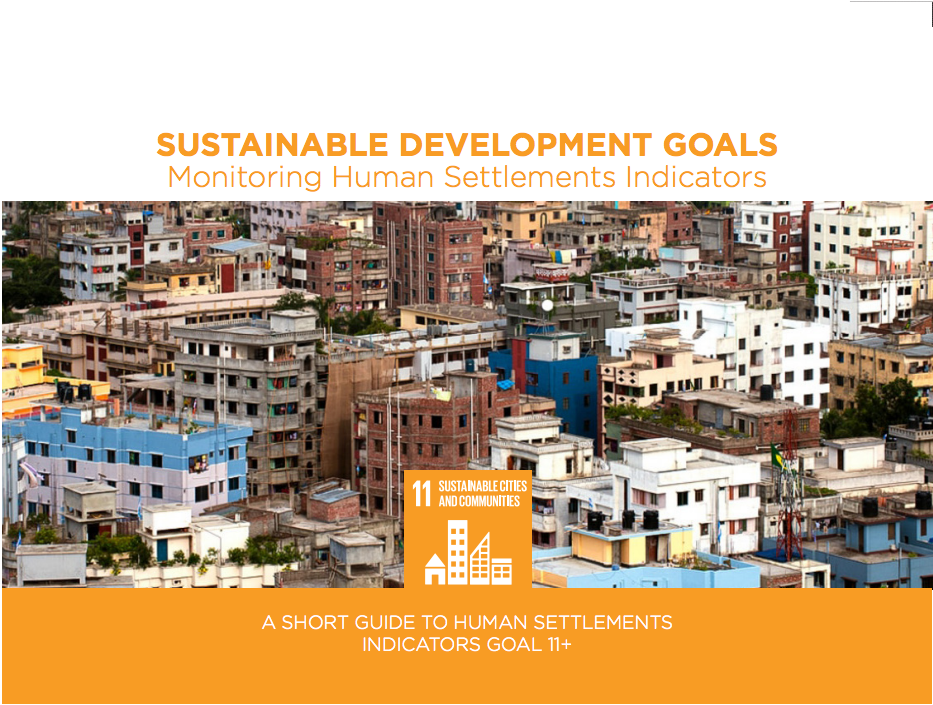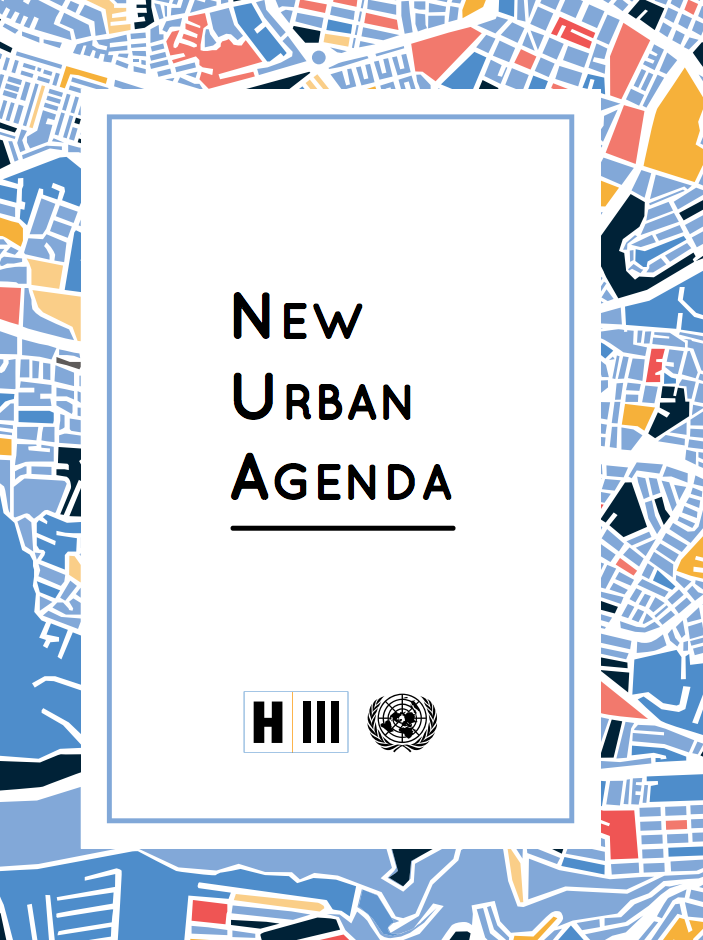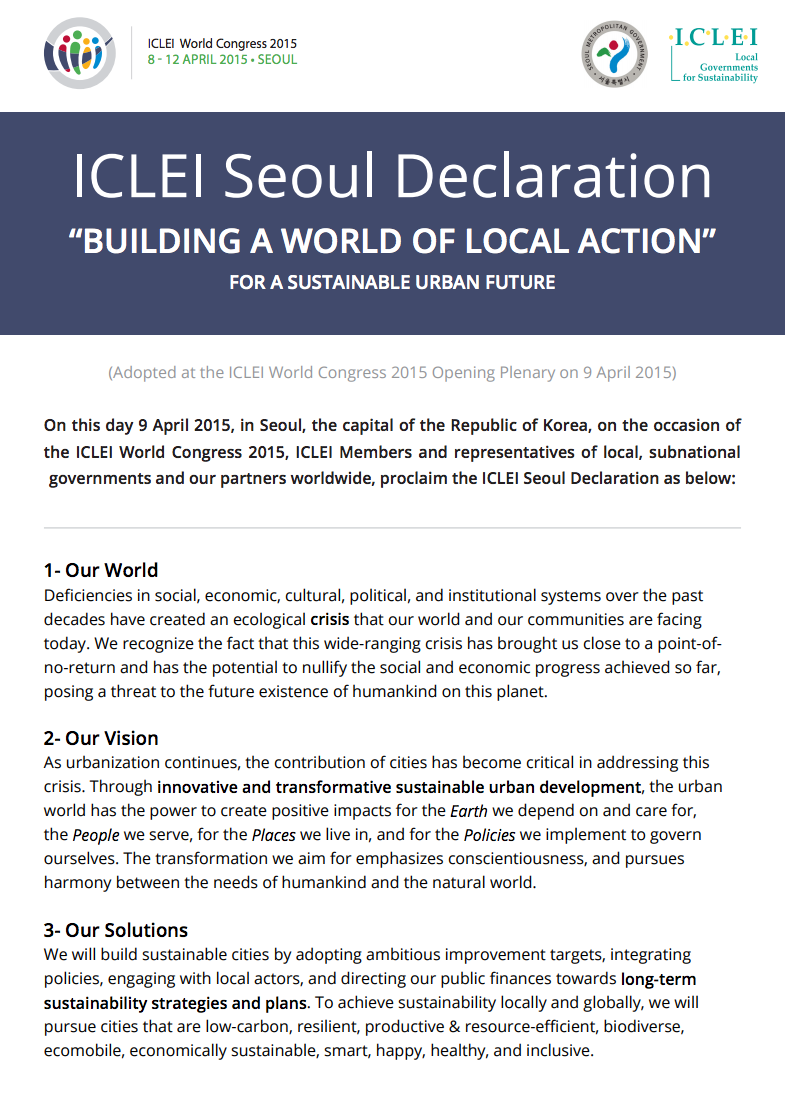Degradation of soils as a result of long-term human-induced transformation of the environment in Iran: an overview
Human-induced soil degradation is a serious and complex environmental challenge in Iran. For a long time, human activities, namely the overuse of land, have been influencing the natural processes on and in soils; therefore, various types of soil degradation can be observed in many parts of the country. The understanding and the consideration of direct and indirect effects of human activities on soils are indispensable for the prediction of the human impact on soil degradation processes.





